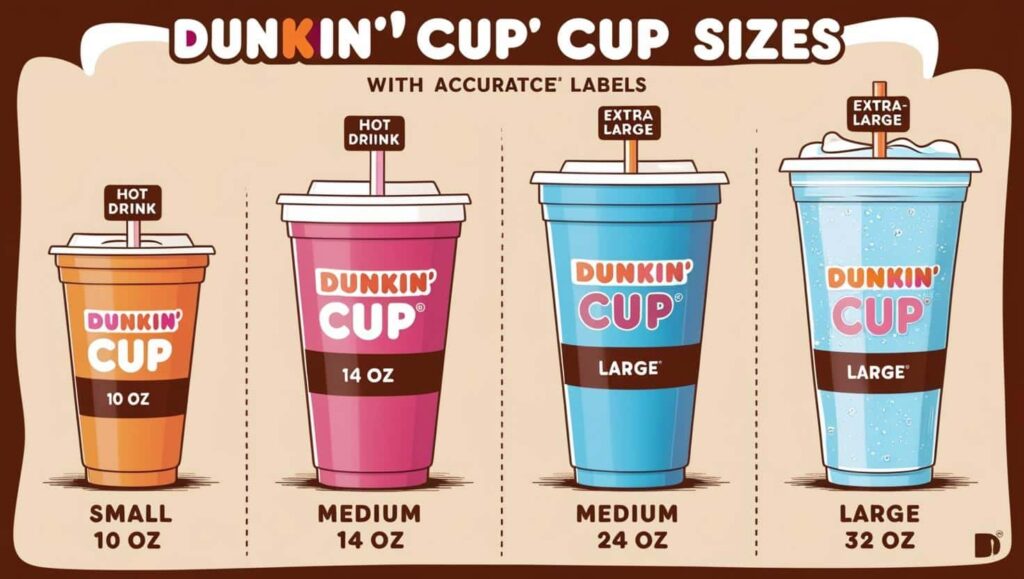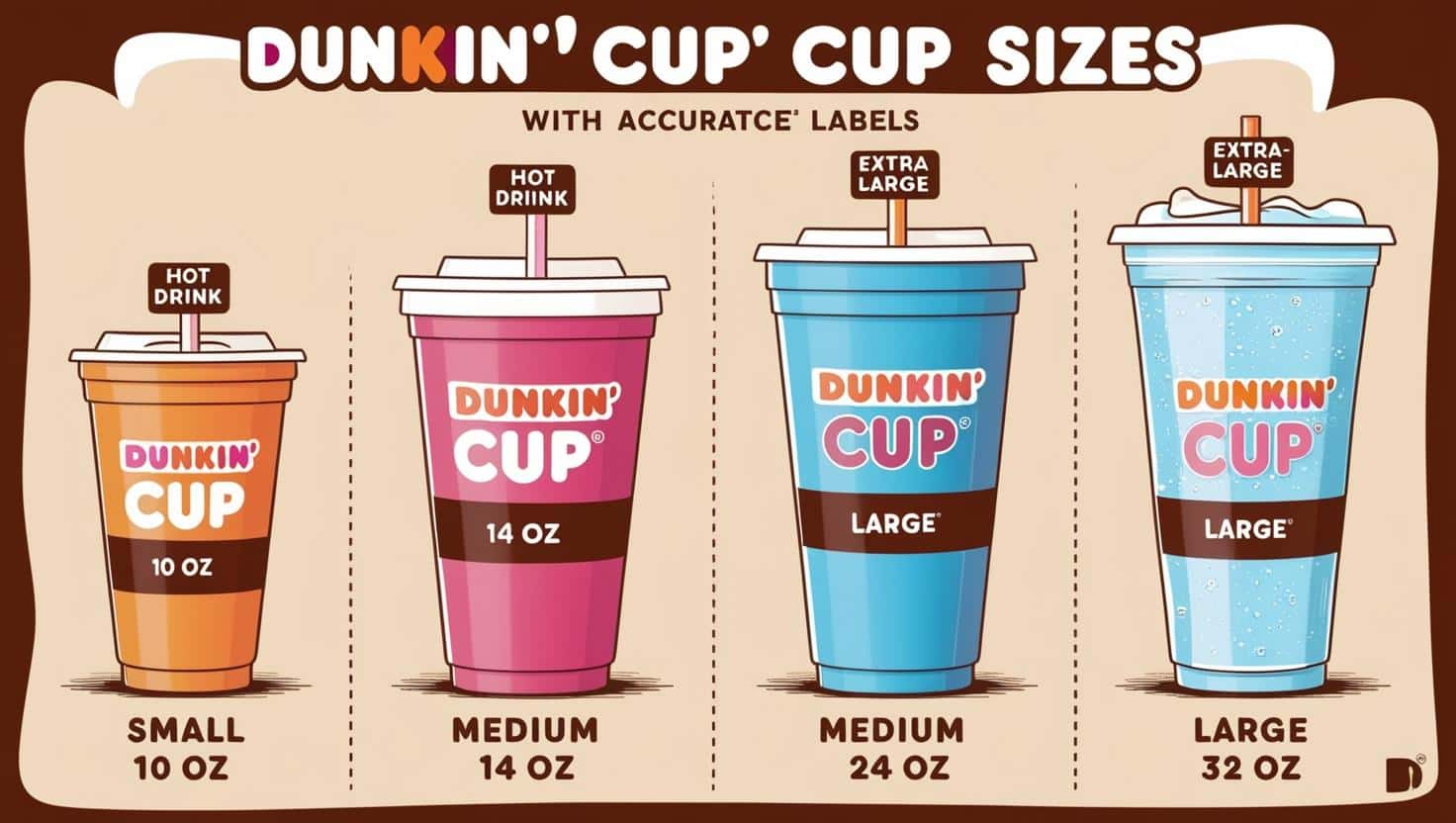
Brewing Perfection: Unveiling the Ideal Coffee-to-Water Ratio
The quest for the perfect cup of coffee is a universal pursuit. From the casual coffee drinker to the seasoned barista, the desire for a consistently delicious brew fuels a global obsession. But what is the secret ingredient? While the type of coffee bean, the roast, and the brewing method all play crucial roles, the cornerstone of a great cup lies in a fundamental element: the correct coffee-to-water ratio. This article delves into the often-debated question of how many tablespoons of coffee per cup of water, providing a comprehensive guide to help you achieve coffee nirvana at home.
Understanding the Importance of Ratio
The coffee-to-water ratio is the foundation of a balanced cup. Too little coffee, and you’ll be left with a weak, watery brew. Too much, and you’ll experience an overly bitter, concentrated beverage. Finding the sweet spot is crucial. This ratio dictates the strength and flavor profile of your coffee. It determines the extraction, the process by which hot water dissolves the soluble compounds in ground coffee, creating the complex flavors we crave.
Different brewing methods, such as French press, drip coffee, and pour-over, may require slight adjustments to the ratio, but the underlying principle remains the same: balance is key. The goal is to extract the desirable compounds – the rich aromas, the nuanced flavors, and the satisfying body – while avoiding the undesirable ones, such as bitterness and astringency. Getting the how many tablespoons of coffee per cup of water right is the first step.
The Standard Recommendation: A Starting Point
The most widely accepted starting point for the coffee-to-water ratio is approximately 1-2 tablespoons of ground coffee per 6 ounces (177 ml) of water. This is a general guideline, and the precise amount can be adjusted to suit individual preferences. This recommendation provides a good balance for many people, offering a flavorful cup without being overly strong or weak. This guideline directly answers the question of how many tablespoons of coffee per cup of water.
Keep in mind that the size of a ‘cup’ can vary. In the coffee world, a cup is often considered to be 6 ounces. However, in your home, a cup might be larger. Always adjust the coffee amount based on the actual volume of water you are using. This allows you to easily scale your brewing recipe up or down.
Factors Influencing the Ratio
Several factors influence the optimal coffee-to-water ratio beyond just the standard recommendation. Understanding these factors will help you fine-tune your brewing process and achieve the perfect cup every time. These include:
- Coffee Bean Type: Different coffee beans have different densities and flavor profiles. Lighter roasts often require slightly more coffee, while darker roasts may need a bit less.
- Grind Size: The fineness of your coffee grind impacts extraction. Finer grinds extract faster, requiring a slightly lower ratio to avoid over-extraction and bitterness. Coarser grinds extract slower, often needing a higher ratio.
- Brewing Method: Different brewing methods have different optimal ratios. For example, French press typically uses a slightly higher ratio, while pour-over methods may use a slightly lower ratio.
- Personal Preference: Ultimately, the best ratio is the one that tastes best to you. Experimentation is key to discovering your perfect cup. Some enjoy a stronger brew, while others prefer a milder one.
Considering these factors will help you further refine the how many tablespoons of coffee per cup of water formula for your specific needs.
Adjusting for Different Brewing Methods
While the 1-2 tablespoon per 6 ounces of water guideline serves as a good starting point, different brewing methods may require adjustments. Here’s a brief overview:
Drip Coffee Makers
For drip coffee makers, the standard ratio generally works well. Start with 1-2 tablespoons of ground coffee per 6 ounces of water and adjust to your taste. The drip method is user-friendly and often produces consistent results. Experiment with grind size and coffee amount to find your perfect brew. The how many tablespoons of coffee per cup of water is easy to manipulate with this method.
French Press
French press often benefits from a slightly higher ratio, as the immersion method can extract more flavor. Start with 2 tablespoons of coffee per 6 ounces of water. You can adjust the ratio based on the strength of your preference. Remember, the longer the coffee steeps, the more flavor will be extracted. This method allows you to fully explore the how many tablespoons of coffee per cup of water equation.
Pour-Over (e.g., Hario V60)
Pour-over methods offer a high degree of control over the brewing process. Start with 1-2 tablespoons of coffee per 6 ounces of water and adjust the grind size and pouring technique to influence extraction. Finer grinds and slower pouring can result in a stronger brew, while coarser grinds and faster pouring can produce a weaker brew. This allows for precise control over the how many tablespoons of coffee per cup of water and overall coffee profile.
Other Brewing Methods
For other methods like Aeropress or cold brew, researching specific recommendations for the method is advised. Each method will specify the ideal how many tablespoons of coffee per cup of water ratio.
Grind Size and its Relationship to the Ratio
The grind size of your coffee is inextricably linked to the coffee-to-water ratio. The grind size affects the surface area of the coffee grounds exposed to the water, which in turn impacts the rate of extraction. A finer grind has a larger surface area, leading to faster extraction, while a coarser grind has a smaller surface area, leading to slower extraction.
When adjusting the how many tablespoons of coffee per cup of water, always consider the grind size. If you’re using a fine grind, you may need to use slightly less coffee to avoid over-extraction and bitterness. If you’re using a coarse grind, you may need to use slightly more coffee to ensure adequate extraction and a full-bodied flavor. Experimentation is key to finding the perfect balance for your chosen grind size and brewing method.
Measuring and Consistency
Consistency is crucial for a great cup of coffee. To ensure consistent results, it’s essential to measure your coffee and water accurately. While tablespoons are a common unit, using a kitchen scale to measure coffee by weight (grams) is even more precise. This eliminates variations in the size of your tablespoons and the density of your coffee grounds. Water should be measured by volume. This ensures you have the precise how many tablespoons of coffee per cup of water ratio.
Keep a record of your brewing process, including the type of coffee, grind size, coffee-to-water ratio, and brewing time. This will help you replicate your favorite brews and identify any adjustments you may need to make. This allows you to consistently nail the how many tablespoons of coffee per cup of water.
Troubleshooting Common Coffee Brewing Problems
Even with the right coffee-to-water ratio, you may encounter brewing problems. Here’s how to troubleshoot some common issues:
- Weak Coffee: If your coffee is weak, try increasing the amount of coffee (more tablespoons per cup of water) or using a finer grind.
- Bitter Coffee: If your coffee is bitter, try decreasing the amount of coffee (less tablespoons per cup of water), using a coarser grind, or shortening the brewing time.
- Sour Coffee: If your coffee is sour, try increasing the amount of coffee (more tablespoons per cup of water), using a finer grind, or increasing the brewing time.
- Muddy Coffee: If your coffee is muddy, ensure that your coffee grounds are not too fine, and consider using a paper filter.
Adjusting the how many tablespoons of coffee per cup of water is often the first step in fixing these issues.
The Importance of Freshness
Beyond the coffee-to-water ratio, the freshness of your coffee beans is paramount. Coffee beans begin to lose their flavor and aroma soon after roasting. For the best results, buy whole bean coffee and grind it just before brewing. This will ensure that you’re extracting the maximum flavor from your beans. The freshness of the coffee will impact how you calculate the ideal how many tablespoons of coffee per cup of water.
Experimentation and Personalization
Ultimately, the perfect coffee-to-water ratio is a matter of personal preference. Don’t be afraid to experiment with different ratios, grind sizes, and brewing methods to find what works best for you. Keep a journal of your experiments and the results, making notes on the flavor profiles you achieve. This allows you to fine-tune the how many tablespoons of coffee per cup of water equation for your taste.
Conclusion: Mastering the Art of Coffee Brewing
Mastering the coffee-to-water ratio is a fundamental step in brewing exceptional coffee. By understanding the standard recommendations, considering the factors that influence the ratio, and experimenting with different brewing methods, you can unlock a world of flavor and create the perfect cup, tailored to your unique taste. The answer to the question, how many tablespoons of coffee per cup of water, is not a simple one, but rather a starting point for your coffee journey. Embrace the exploration, and enjoy the process of perfecting your brew.
[See also: Related Article Titles]


